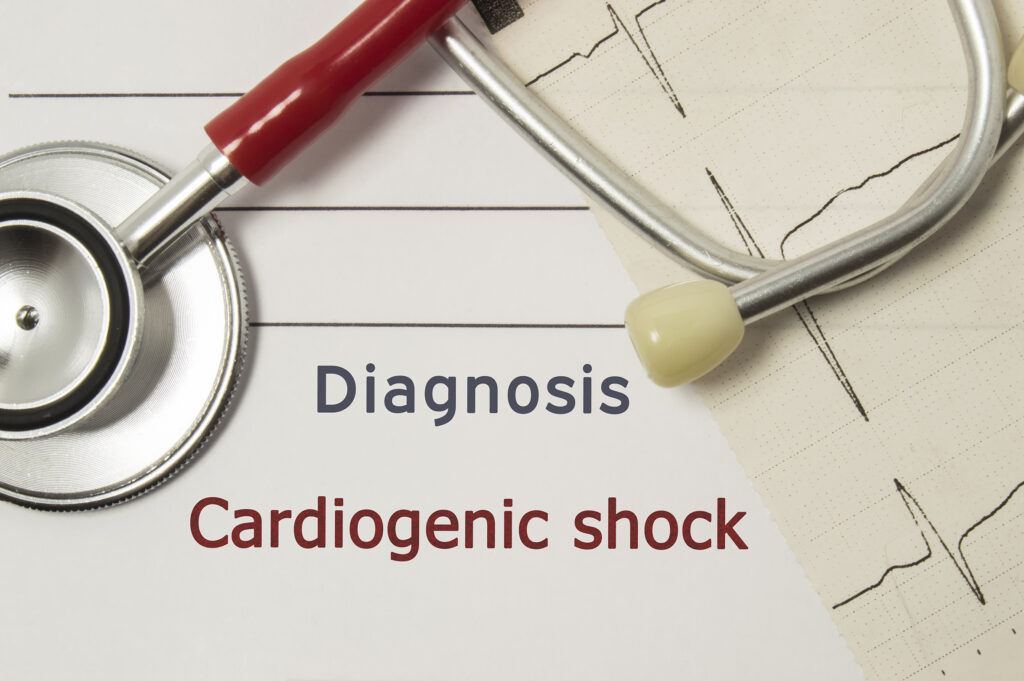ABC Heart Fail Cardiomyop 2023; 3(2): e20230084
Cardiogenic Shock with High Pressure: A Case Report
Introduction
Shock is defined as a state of tissue hypoperfusion due to reduced supply, increased consumption, inadequate use of oxygen, or a combination of these processes. When it is of cardiogenic etiology, it occurs as a result of left or right ventricular or biventricular dysfunction with reduced cardiac output (CO) or increased filling pressures and normal intravascular volume. Although the most classic manifestation of shock is arterial hypotension, it is essential to recognize that a patient in shock may present with normal, elevated, or decreased blood pressure (BP). Therefore, early identification of clinical, laboratory, and hemodynamic signs of tissue hypoperfusion is crucial. Timely and appropriate treatment can prevent deterioration and signs of multiple organ dysfunction.
[…]
Keywords: Cardiogenic; Hemodynamic Monitoring; Hypertension; Shock
1,026


